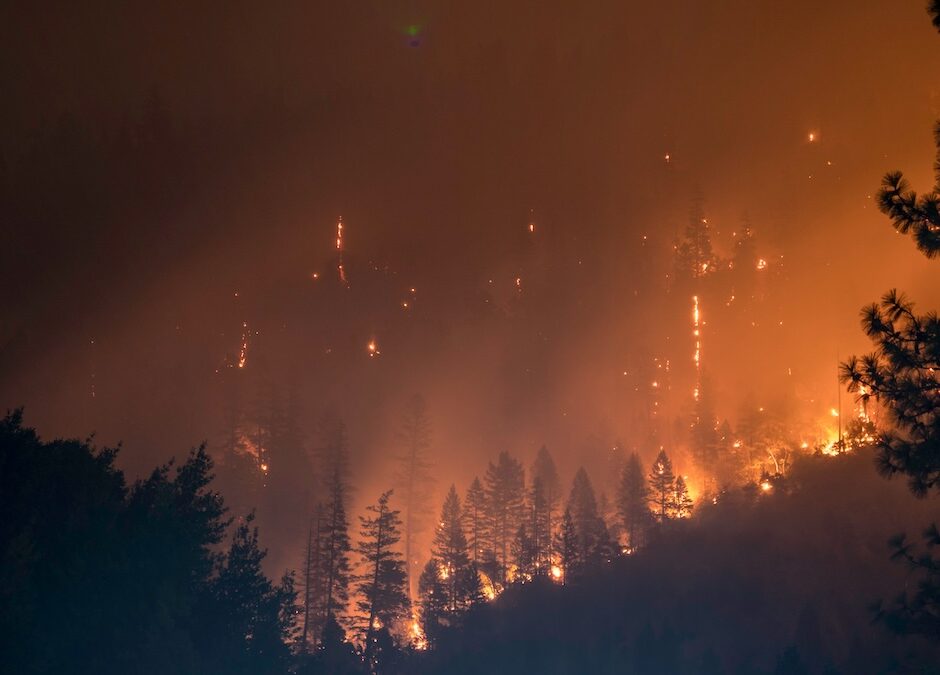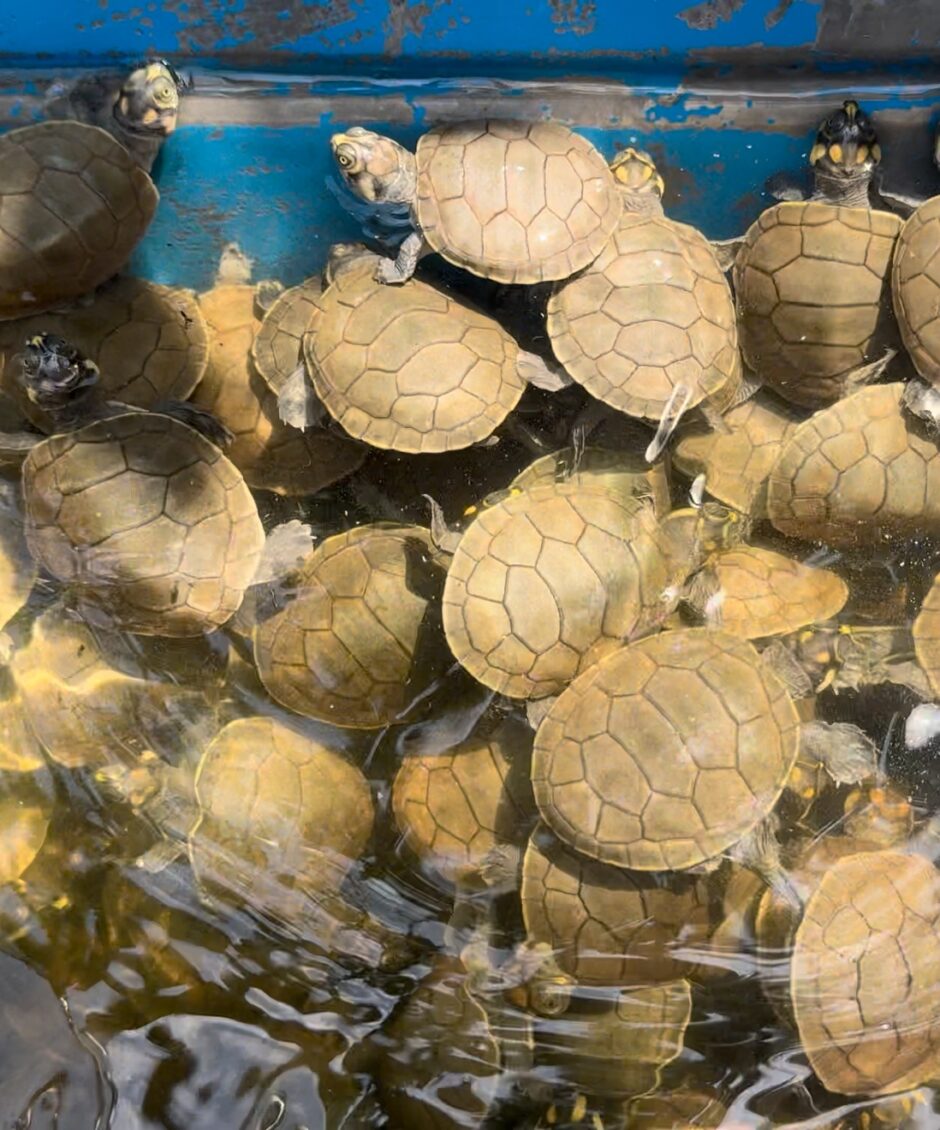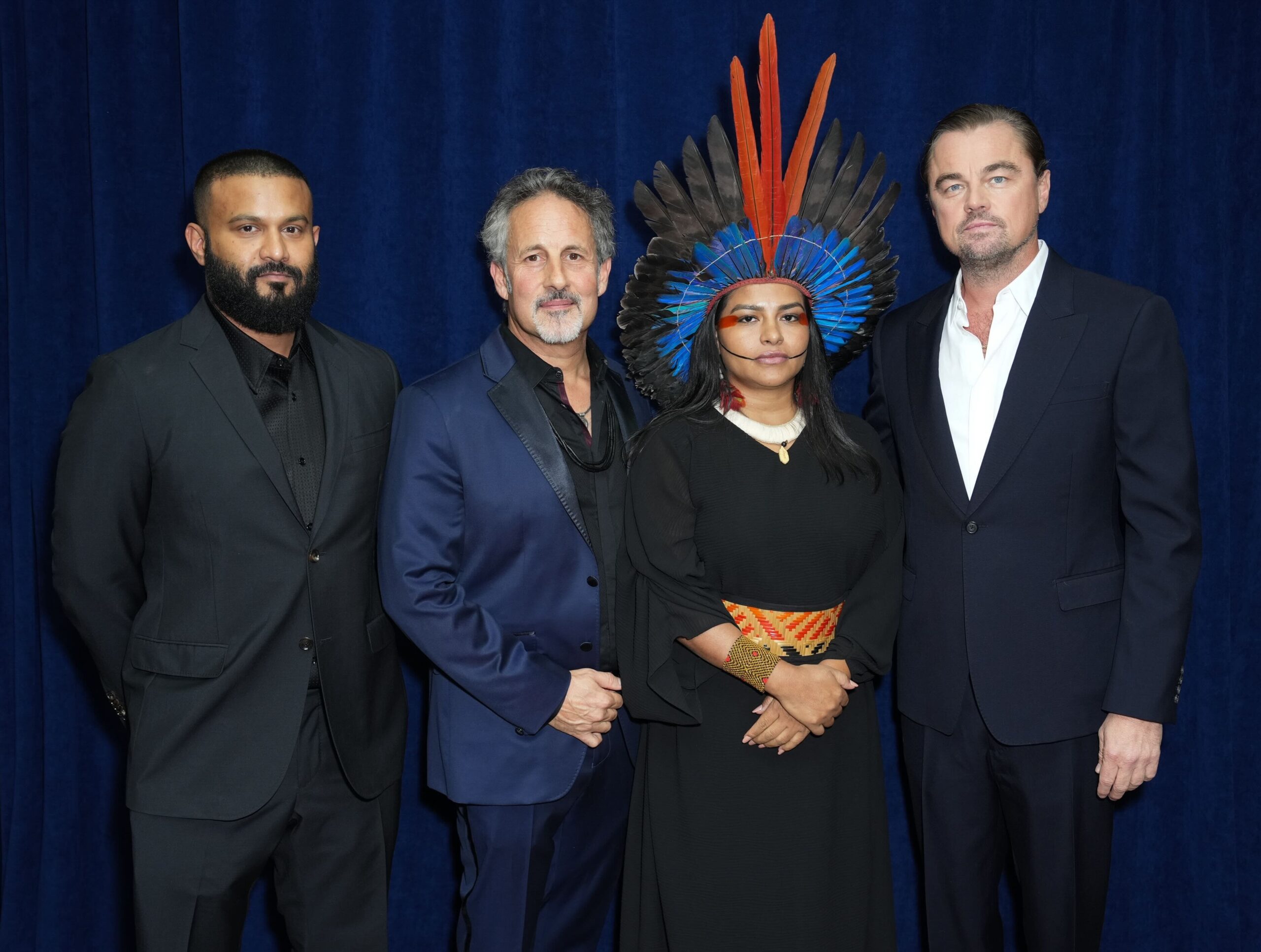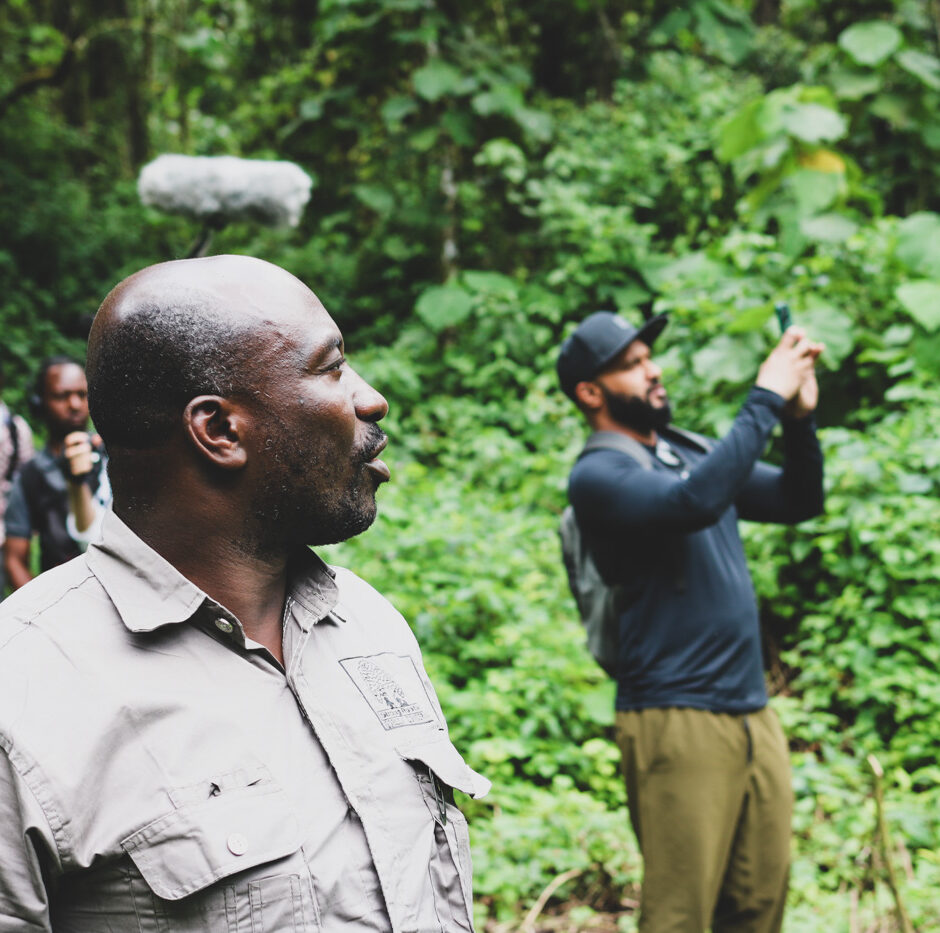Montreal Unveils ‘Grand Parc de l’Est’ Project, Pledging 700 Hectares for Conservation and Urban Green Connectivity
Article
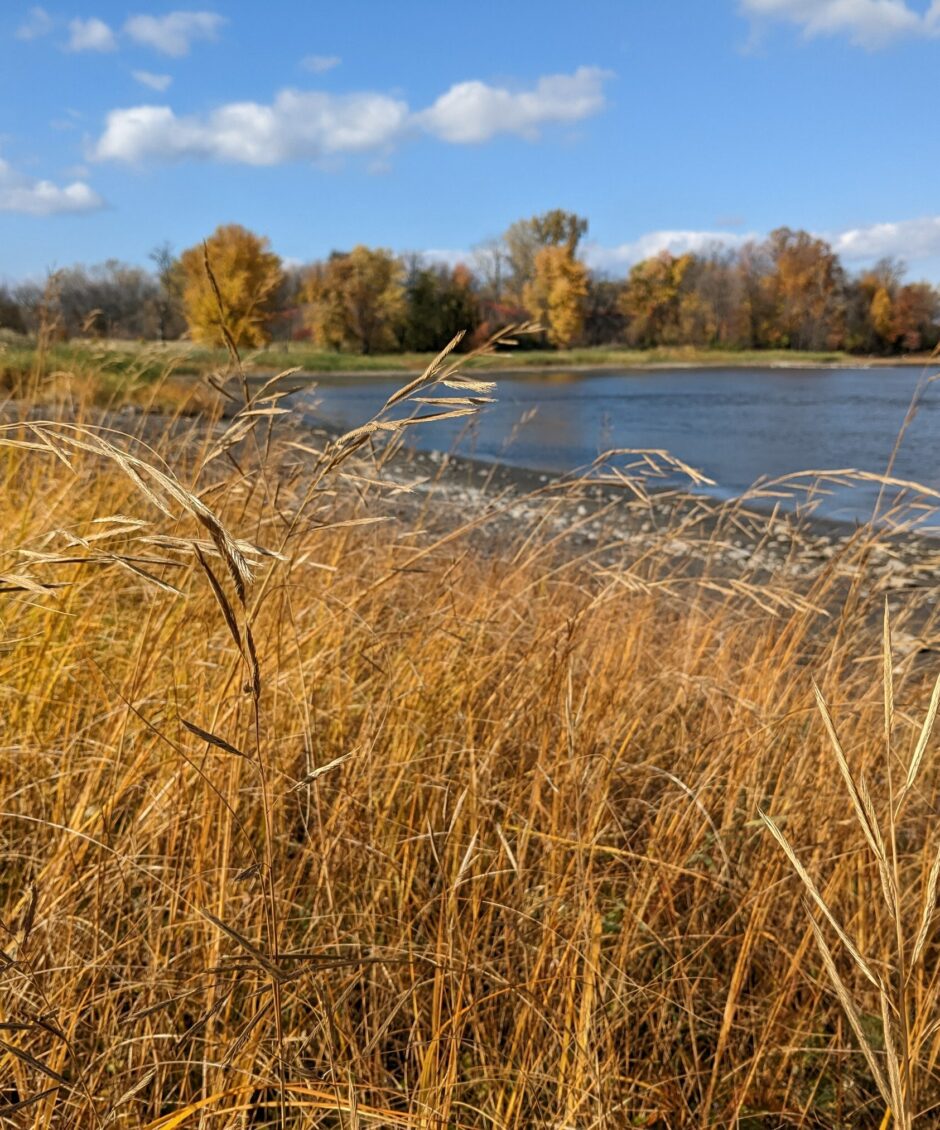
Thanks to a successful partnership with the Nature Conservancy of Canada, Age of Union is helping create a vast 700-hectare park in a historically industrial area of Montreal’s east end. In this decade of action, the initiative is an essential step towards protecting 30% of the territory within Greater Montreal.
Author
Jean-Philip Rousseau
Topics
“It’s a biodiversity-rich environment, and it always has been. The general public can walk along a network of trails and check out the information panels,” says Joël Bonin. “You can observe wildlife without disturbing it. That’s what we’re planning for the future.”
In an interview with Canadian public broadcaster CBC, Bonin, Vice-President for Nature Conservancy of Canada’s (NCC) Quebec Region, extols the merits of Île Bonfoin, a small island habitat with surprising animal and plant diversity for its size.
“In 2004, NCC reached an agreement with the City of Montreal to become co-owners of the island,” he continues. We’ve managed the island for the past 20 years, hoping for a day like today when it’s incorporated into a larger park.”
Île Bonfoin is why Bonin is here this Sunday morning. The official press conference inside the chalet adjacent to the woodland has just ended. Once the microphones were switched off, everyone donned their coats for the official photo outside. Despite the grey autumn weather, with some vegetation in the background, it’s a green day for Montreal, an island city in the heart of the St. Lawrence River.
In mid-November, the municipal administration unveiled its “Grand Parc de l’Est” project aimed at creating a vast natural area on the island’s eastern tip, where the Rivière des Prairies flows into the St. Lawrence River. The initiative seeks to secure the ecological future of this area with a heavy industrial past.
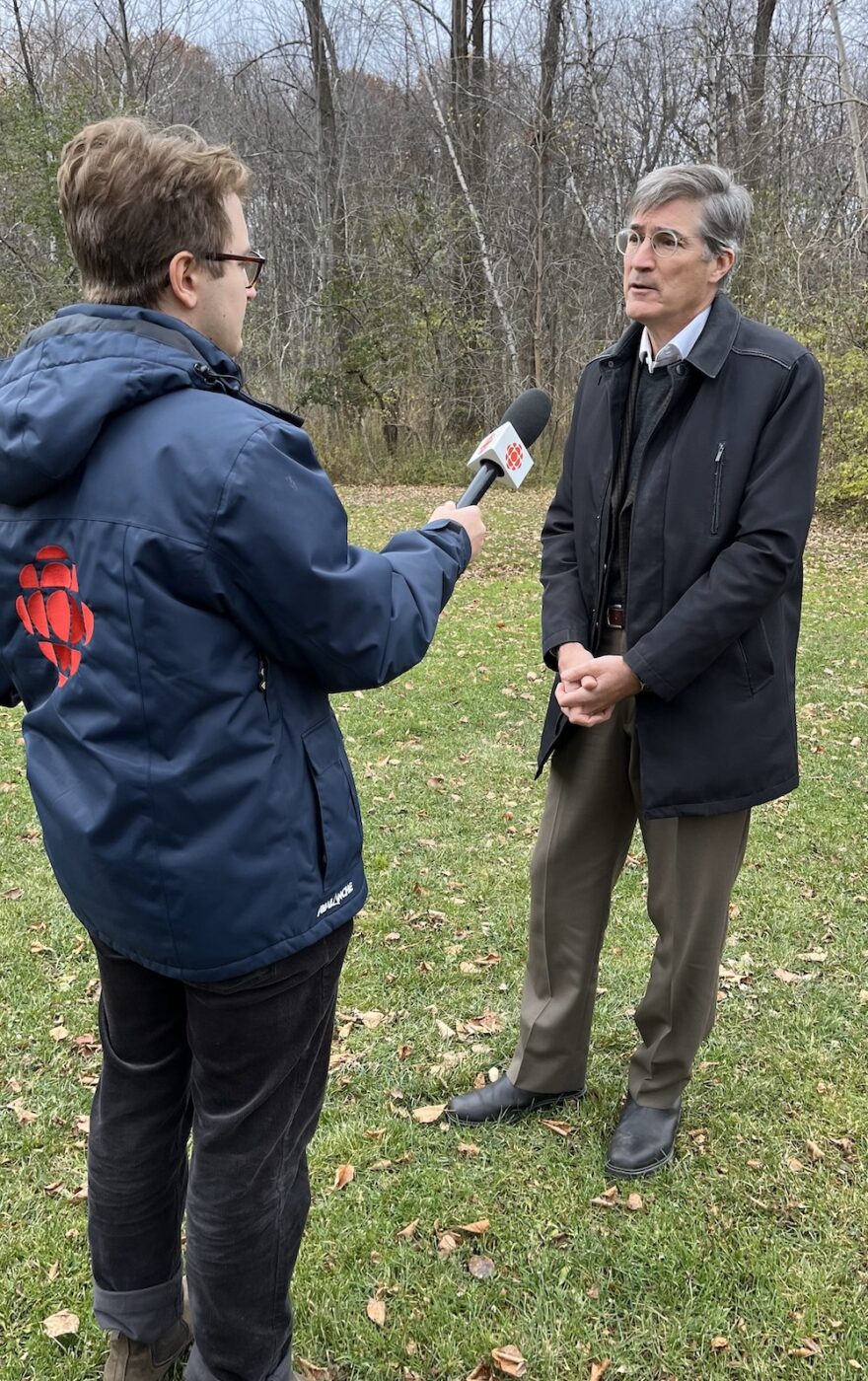
A Green Corridor in an Urban Environment
“By defining the boundaries of the new Grand parc de l’Est, made up of public, institutional, and private land, we are giving ourselves the means to use the various tools at our disposal to link the green spaces that make up the park,” explains Caroline Bourgeois, Rivière-des-Prairies-Pointe-aux-Trembles Borough Mayor and Executive Committee Vice-Chair for the City of Montréal.
This is the crux of the announcement: the promise to purchase other lots, enter into conservation agreements with landowners, and incorporate land belonging to various protagonists into a single park: the city, NCC and Hydro-Québec, among others. The state-owned energy company is also a partner of choice in this project, as its power transmission lines offer long, continuous stretches of land that run through Montreal, as they do all of Quebec—no wonder Hydro-Québec is trying to improve the management of this land and its environmental footprint.
“We’re keen to listen to the public to ensure that our facilities coexist with the community’s interests,” says Philippe Bourke, Director of Sustainable Development Activation and Integration at Hydro-Québec. “We’re convinced that by doing this, we’ll be able to contribute to the connectivity of natural habitats and maintain ecological corridors, thus mitigating the fragmentation of the territory in urban areas.”

Towards the 30% Target
Habitat protection and ecological connectivity are complex concepts to implement in a densely populated urban environment like the east end of Montreal, Quebec’s largest metropolis and the second-largest city in Canada.
“Seven hundred hectares is three times the size of Mount Royal Park,” Caroline Bourgeois proudly reminds us to illustrate the scale of the project. Comparing the Grand Parc de l’Est to Mount Royal is no coincidence, for the latter is to Montreal what Central Park is to New York: the city’s pride and joy. Regarding surface area, the Grand Parc de l’Est will be twice the size of Central Park (340 hectares). It promises to be a significant building block in achieving even more ambitious goals for Greater Montreal.
“This project is in line with the new objective of the MMC [Montreal Metropolitan Community] and the international community to conserve 30% of land and water by 2030,” Bourgeois stresses.
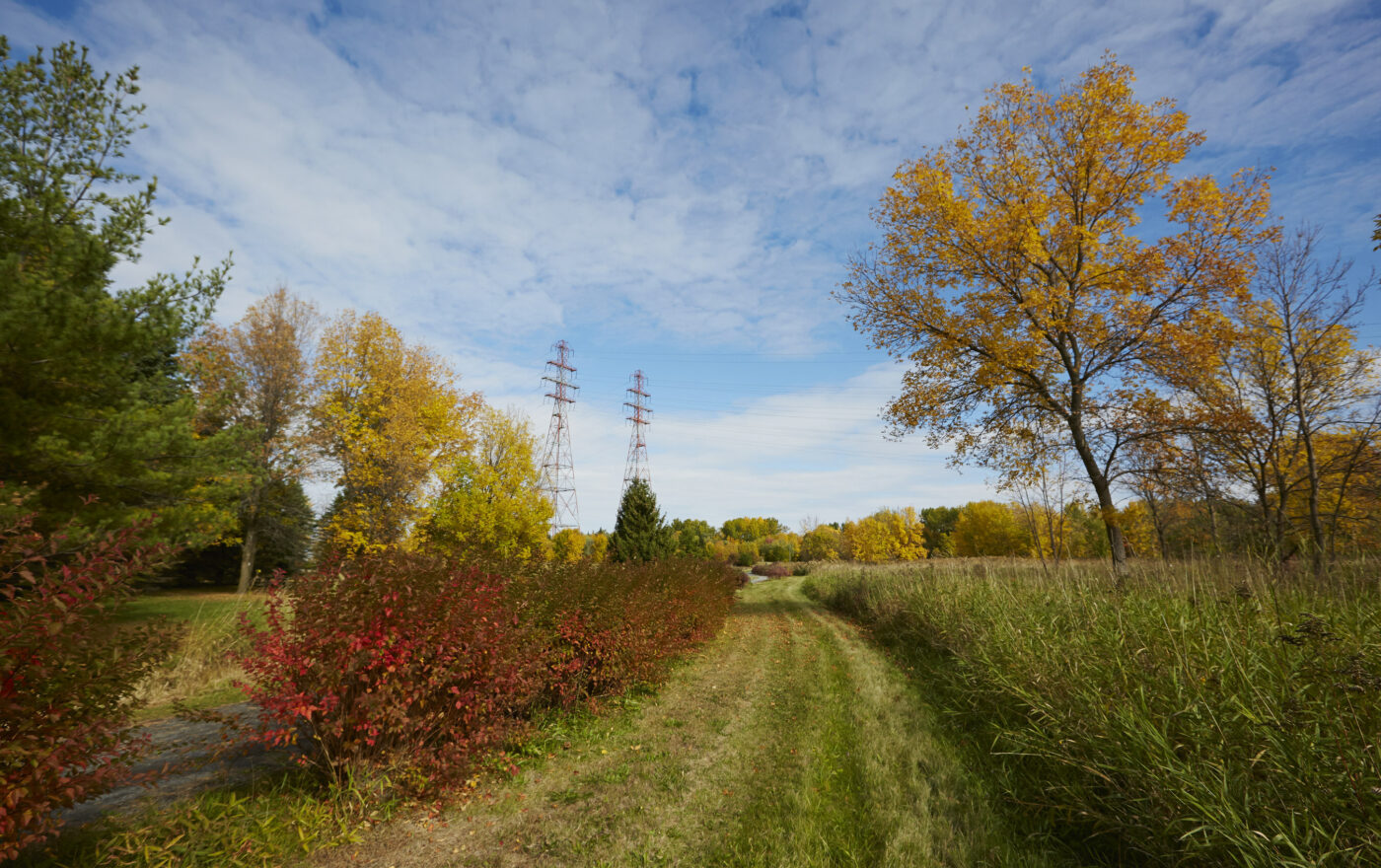
The project also dovetails with the UN Decade of Ecosystem Restoration, as some areas concerned are habitats being revived through targeted investment.
“[NCC] has the support of several donors [such as] Age of Union, who are helping us protect new territories, but also restore territories that have been damaged in the past,” says Bonin, who has earned a solid reputation in the Canadian conservation arena. “I have a lot of faith that we’ll reach the 30% target in the MMC. “We’re going to do it together. It’s a scientific objective that doesn’t always focus on virgin forests, but also on areas very close to home.”
Credits
Jean-Philip Rousseau
Ville de Montréal
Topics
Article written by
Jean-Philip Rousseau
Related
articles
America, Asia, News
What More Intense Wildfire Seasons Mean For People and the Planet
Africa, Project
Inside the Fight to Protect Gambian Artisanal Fishermen and Biodiversity From Industrialized Fishing
Project
More articles
America, Asia, News
What More Intense Wildfire Seasons Mean For People and the Planet
Film
Environmentalist and Executive Producer Dax Dasilva Celebrates World Premiere of YANUNI at the 2025 Tribeca Festival
News
Tech Entrepreneur and Environmentalist Dax Dasilva Announces New Book Echoes from Eden As A Call to Action to Protect the Planet’s Vanishing Ecosystems
Africa, Film
